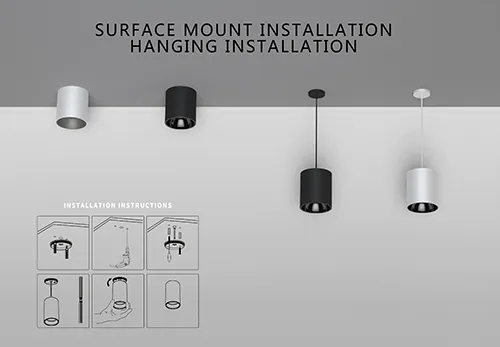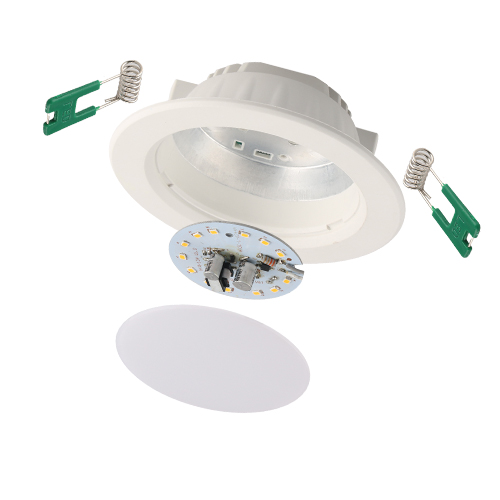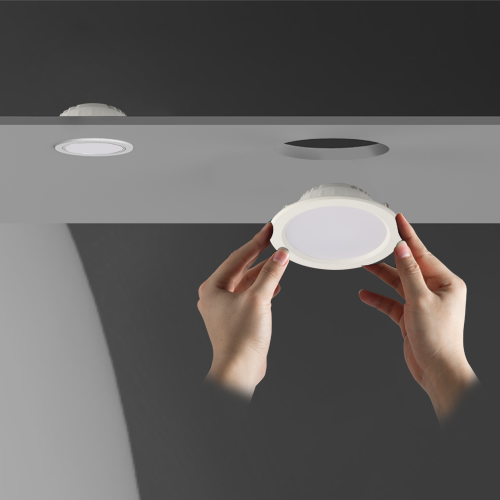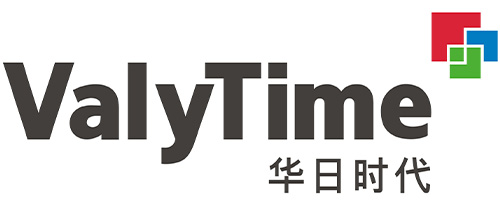Are LED lighting downlights and recessed lights the same?
In the modern lighting market, the terms LED lighting downlights and recessed lights are often used interchangeably. However, many consumers, designers and even architects may not be fully aware of the difference between the two, especially when it comes to design applications, installation methods and functional performance. The two seem similar, but in fact there are significant differences.
This article will make a detailed comparison of LED lighting downlights and recessed lights from multiple dimensions such as technical principles, design functions, and installation methods to answer the question of whether the two are really the same.

What are LED lighting downlights?
LED lighting downlights are recessed lighting devices that use LED light sources as light sources and are usually used on ceilings or other vertical surfaces. This type of lamp is mainly used to provide uniform lighting effects and is commonly found in public places such as shopping malls, offices, and hotels, as well as kitchens, bathrooms and other areas of the home. Its main feature is that it uses LED light sources, which have higher energy efficiency, longer service life and lower heat output than traditional lamps.
The design of LED downlights usually emphasizes functionality and is committed to providing simple, stable and efficient lighting solutions. They are usually installed in the ceiling, showing an "invisible" effect, that is, most of the lamp body is hidden inside the ceiling, leaving only the light source.
What is a recessed lamp?
Recessed lamps are lighting devices that can be embedded in ceilings, walls or other building surfaces. There are many types of recessed lamps. In addition to LED light sources, traditional halogen lamps, incandescent lamps and other light sources may also be used. LED recessed lamps are different from traditional chandeliers, table lamps and other lamps in appearance. Their lamp bodies are often fully or partially embedded in the ceiling, which can save space and maintain a neat and simple interior decoration effect.
The design concept of LED recessed lamps lies in their concealment and simplicity. The lamp itself is not prominent and can be integrated with the environment such as the ceiling. Therefore, it is widely used in home, office, commercial and architectural fields.

LED downlights and recessed lamps: What is the difference?
Although "LED downlights" and "recessed lamps" have many things in common, there are obvious differences between the two in some key technical details and designs. The following analyzes their similarities and differences from several core aspects.
1. Light source type
One of the most direct differences is the type of light source. LED downlights use LEDs exclusively as the light source, while recessed lights can use a variety of different light sources. Traditional recessed lights often use halogen lamps, incandescent lamps or fluorescent lamps, but with the development of LED technology, more and more recessed lights are beginning to use LED light sources.
The advantages of LED downlights are their high energy conversion rate, low power consumption and long life. Compared with traditional light sources, LED light sources not only provide brighter and more uniform lighting effects, but also have significant advantages in energy saving and environmental protection. On the contrary, the halogen lamps or incandescent lamps used in traditional LED recessed lights, although they can provide soft light, have low energy efficiency, high heat and relatively short service life.
2. Design structure
The design structure of LED downlights and LED recessed lights is also different. LED downlights usually have a more compact design, the entire lamp body is round or square, and the light source module is usually fixed in an optical lens to ensure uniform distribution of light and high lighting efficiency. The downlight body is simple in design, rounded in appearance, and usually has a circle of reflective cover to play a role in focusing light.
The design of LED recessed lights is relatively more diverse. Depending on the type of light source and purpose, LED recessed lights can use different shell materials, sizes and shapes. For example, some LED recessed lights are more complex in design and use dimmable modules that can adjust the angle, which is suitable for different lighting needs. Some LED recessed lights pursue a more minimalist design in appearance, striving to blend into the ceiling and appear more modern and simple.
3. Installation method
From the installation method point of view, both LED downlights and LED recessed lights need to be embedded in the ceiling, but the specific installation methods are different.
LED downlights usually cut holes in the ceiling to ensure that the mounting slot of the lamp can be embedded in the ceiling. The installation process of downlights is relatively simple, especially in modern integrated designs, many LED downlights are designed to be plug-and-play, which is convenient and fast.
The installation method of recessed lights may be more complicated, especially in traditional halogen recessed lamps. Due to the large size or high heat generation of the lamp itself, the heat dissipation requirements of the lamp need to be considered during installation, which may involve additional heat dissipation design. In occasions with higher design requirements, the installation of recessed lights may require pre-set power cords and brackets and other structures inside the ceiling.

4. Functional differences
Although the basic functions of LED downlights and LED recessed lights are to provide light sources, the functional differences between the two are also worth paying attention to in some special application scenarios.
LED downlights are usually used to provide relatively uniform space lighting and are widely used in commercial spaces, office buildings and high-end residences. Their light sources are usually designed to be flicker-free and low in heat radiation to ensure eye protection during long-term use. In addition, many LED downlights have dimmable functions, which can adjust the brightness according to the needs of different occasions, increasing their flexibility of use.
The functions of LED recessed lights are relatively diverse. In addition to providing general space lighting, they are also used for local lighting, decorative lighting, etc. For example, some LED recessed lamps are designed with adjustable angle functions, allowing users to adjust the direction of light to meet the lighting needs of specific areas. At the same time, LED recessed lights are often used as decorative elements in home lighting, and can be integrated with the overall decoration effect according to different design styles.
5. Light efficiency and energy saving
LED downlights perform well in light efficiency and energy saving. Due to the use of LED technology, LED downlights have high light efficiency, that is, they output higher brightness at lower power. At the same time, LED light sources are very energy efficient and can effectively reduce energy consumption and electricity bills. Compared with traditional halogen lamps or incandescent lamps, LED light sources have significant energy-saving effects, so LED downlights are widely regarded as energy-saving pioneers in modern lighting technology.
The energy-saving effect of recessed lamps depends on the type of light source used. If traditional halogen or incandescent lamps are used, the energy efficiency is low and the energy-saving effect is not as good as LED light sources. If LED light sources are used, the energy-saving performance of recessed lamps is comparable to that of LED downlights. Therefore, recessed lamps that choose LED light sources can provide excellent energy-saving effects like LED downlights.
6. Application scenarios
Although LED downlights and LED recessed lamps can be used interchangeably in some occasions, due to their differences in design and function, they usually work best in different application scenarios.
Due to their uniform light effect, adjustable brightness and energy-saving performance, LED downlights are suitable for spaces with high lighting quality requirements, such as shopping malls, supermarkets, exhibition halls, office buildings and other public places. In addition, LED downlights are also commonly used in kitchens, bedrooms and other places in home decoration to provide comfortable and efficient lighting.
LED recessed lights are usually used in places that require strong decorative effects, such as hotel lobbies, restaurants, and home living rooms. Because their designs are usually simple and low-key, LED recessed lights can be perfectly integrated with the interior decoration style and become part of the space aesthetics.

Can I request samples before placing a large order?
Yes, sample orders are available for most LED lighting products. This allows buyers to test the product quality, performance, and appearance before committing to bulk purchasing. We provide fast sample delivery, especially for urgent sourcing needs. Contact our sales team to request samples and get pricing for your trial order.
